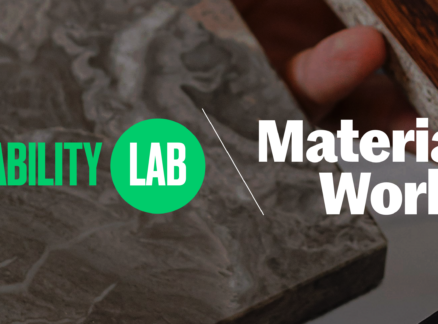October 1, 2005
Improved Visibility
Five experts weigh in on international highway typefaces.
After more than ten years of research and development, Donald Meeker and James Montalbano’s typeface has finally been approved by the U.S. Federal Highway Administration for use on all federal roadways. The Clearview font—which they are offering as an alternative to the 50-plus-year-old “Highway Gothic”—is designed to improve legibility for America’s aging population and night drivers.
Considering the long-term influence this new font may have on our automobile-dependent culture, Metropolis enlisted five specialists—wayfinding expert Paul Mijksenaar and designers Eric Olson, Christian Schwartz, Paul Carlos, and Hubert Jocham—to compare Clearview to its international peers. The three typefaces are DIN (Deutsche Industrie Norm), used on German highways; Frutiger, adopted by the Swiss; and Euroface, a blurry font developed by Peter Bil’ak that purportedly focuses at high speeds. How does Clearview—which has been adopted statewide in Texas and is being used on several Pennsylvania highways—measure up? Our experts weigh in.
**
Clearview
“It’s perhaps the only highway typeface that comes from the desk of a type designer and not from that of an engineer, which makes it really unique.” —Eric Olson
“I didn’t see anything in their research that explained why Clearview’s letterforms look the way they do. For example, the lowercase g has an abrupt curve at right that pulls your eye toward it. It looks like it’s trying to be distinctive, which is not appropriate for a highway typeface.” —Christian Schwartz
“Clearview is open, clear, and easy to use, but it lacks a strong personality.” —Hubert Jocham
Frutiger
“My first impression is that Frutiger is more space effective [than Clearview]. It’s more condensed and smaller, and the limited width of signs is an important restriction.” —Paul Mijksenaar
“In Frutiger the letters are not as geometric. They’re not ovals or circles but very natural bowls that have nice upwardly rising curves to them. Frutiger works because it doesn’t aspire to be distinctive.”
—Christian Schwartz
“Frutiger can pull off something that is very simple. In Amsterdam’s Schiphol Airport I was really taken aback by it. It’s so clear. It looks really studied and feels just right.” —Eric Olson
DIN
“DIN is very mechanical-looking and has a machine aesthetic. I think it gives the perception of readability.” —Paul Carlos
“It comes out of the German industrial tradition; and though it was influenced by engineers, it is still quite good typographically.”
—Hubert Jocham
“DIN is the result of using a compass or an actual oval to make the O and then deriving parts of the lowercase from it. The font has very closed counters [small voids within circular letters, such as the space inside an O] and closed shapes. In the case of a highway sign, DIN will be harder to read than Frutiger, which is more open.” —Eric Olson
Euroface
“I’m not sure if Metropolis took the notorious Euroface proposal seriously or tried to test the reviewers!” —Paul Mijksenaar
“I love that Euroface makes such a mockery of the so-called empirical research that took the world of design by storm in the nineties.”
—Christian Schwartz
“It’s hard to test the typeface if you’re not moving above the speed limit. Maybe Peter Bil’ak [the designer] has been driving on the left side of the road for too long.” —Paul Carlos





